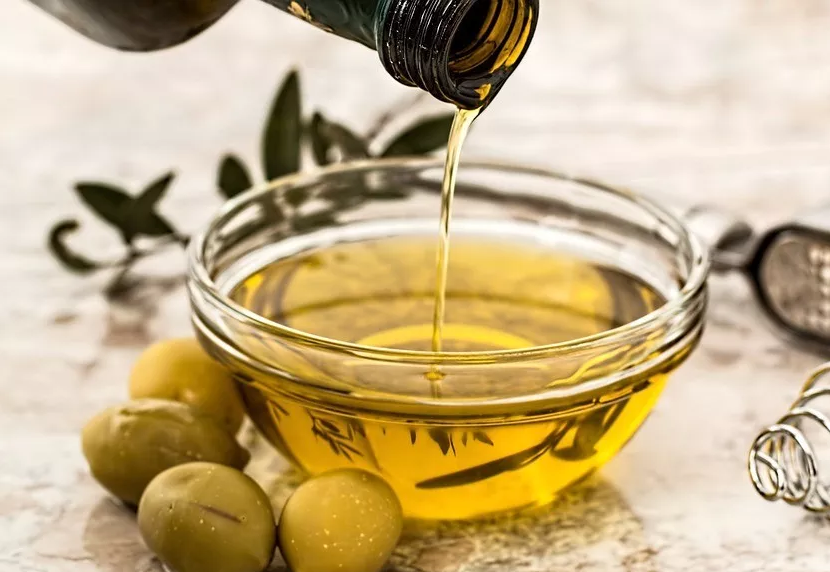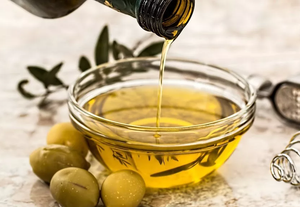
Detailed Explanation of Oil Testing and Safety Inspection Methods - Inspection, Audit and Certification Services for Factories
Oils used for cooking are essential items in daily life, and their quality and safety directly affect the health of consumers. During the inspection, factory verification, and product certification processes of edible oils, a strict quality control system must be established. This article will systematically elaborate on the inspection standards, safety inspection methods, and quality certification requirements for edible oils, providing professional guidance for industry practitioners.
I. Classification System of Cooking Oils and Key Inspection Points
1. Inspection Certification for Plant Oils
Herbal plant oils: soybean oil, corn oil, peanut oil, etc. During the inspection, special attention should be paid to pesticide residues.
Herbaceous plant oils: Olive oil, tea seed oil, palm oil, etc. The certification focus is on purity and detection of adulteration.
2. Animal Fat Inspection and Certification
Land animal fats: lard, beef tallow, etc. Require enhanced testing for cholesterol content.
Marine animal oils: fish oil, etc. Focus on verifying oxidation stability and heavy metal content.
3. Requirements for Quality Inspection of Harmonizing Oil
Strictly verify the consistency between the formula proportions and the actual ingredients.
Verify the conformity between the product label and the actual ingredients.
II. Key Factors Affecting the Quality and Safety of Cooking Oil
1. Raw material safety risks
Natural toxins in oil crops: erucic acid, cyclopropene acid, etc.
Compliance certification of genetically modified raw materials
Pesticide residues and heavy metal pollution
2. Risks in the production process
Illegal addition of non-food-grade flavorings and colorings
Excessive use of antioxidants
Industrial oil adulteration and contamination
3. Storage and transportation risks
Oxidation and metamorphism result in an increase in acid value.
Improper storage conditions lead to spoilage.
The safety of the packaging materials does not meet the standards.
III. Inspection and Safety Check Methods for Cooking Oil
1. Moisture Content Measurement Certification
Inspection standard: The moisture content of qualified edible oil should be less than 0.2%.
Risk indicator: The moisture content of gutter oil is usually more than 1%.
Certification method: Karl Fischer method or drying method
2. Acid Value Determination Certification
Safety standard: Acid value of edible vegetable oils ≤ 4 mg KOH/g
Risk identification: The acid value of gutter oil is significantly higher than the standard value.
Certification significance: An important indicator for detecting rancidity and oxidation deterioration of oils
3. Cholesterol Content Testing Certification
Inspection method:
Rapid screening: Thin-layer chromatography, Near-infrared spectroscopy
Precise quantification: High Performance Liquid Chromatography (HPLC)
Criteria for determination: Cholesterol content in pure vegetable oil is zero or negligible.
Certification value: Effective identification of adulteration in animal fats
4. Near-infrared spectroscopy analysis verification
Technical principle: Identify the oxidation products through characteristic peaks
Inspection advantages: Rapid and non-destructive testing
Certification Application: Identification of Grease Trays and Deep-Frying Oils
5. Certification for Conductivity Measurement and Determination of Polar Substances
Inspection mechanism: Grease-contaminated oil has an increased conductivity due to the presence of electrolytes.
On-site testing: The polar substance determination method is easy to operate.
Characteristic for determination: A tailing spot appears in the thin-layer chromatography.
6. Detection and Certification of Heavy Metal Content
Key indicators: content of heavy metals such as manganese, copper, and nickel
Source of risk: Corrosion of containers during the processing of gutter oil.
Certification method: Atomic Absorption Spectroscopy
7. Antioxidant Detection Certification
Compliance verification: The addition amounts of BHT, BHA, etc. comply with GB 2760.
Detection method:
Rapid screening: Electrochemical method, Colorimetric method
Precise analysis: Gas chromatography method
Inspection Focus: Strictly prohibit the use of non-food-grade antioxidants.
IV. Certification Process for Edible Oil Inspection
1. Document Review and Certification
Check the production license and hygiene license
Review the raw material purchase records and the qualifications of the suppliers
Verify the product inspection report and the certificate of conformity
2. Key Points of On-site Factory Inspection
Check the cleanliness of production equipment and the process flow
Verify whether the storage conditions meet the requirements.
Verify the effectiveness of the quality control system
3. Laboratory testing and certification
Sampling plan: Follow GB/T 5527 for representative sampling.
Test items: Include physical and chemical indicators, microorganisms, pollutants, etc.
Judgment criteria: Strictly follow the GB 2716 standard for the hygiene of edible vegetable oils.
4. Inspection of packaging labels
Verify the authenticity of the product name and ingredient list
Check the accuracy of the production date and shelf life.
Verify the completeness of nutrition labels and storage conditions
V. Quality and Safety Certification System
1. Mandatory Certification Requirements
Food Production License (SC Certification)
Certificate of Inspection and Certification of Product Quality Compliance
Food Safety Management System Certification
2. Voluntary Certification Program
Green Food Certification
Organic Product Certification
Non-GMO Identity Maintenance Certification
3. Risk Warning Indicators
The acid value and peroxide value have abnormally increased.
Benzo[a]pyrene and aflatoxin levels exceed the standards.
Abnormal values of antioxidant detection
By establishing a comprehensive inspection and certification system for edible oil, and applying advanced testing technologies and strict quality standards, it is possible to effectively identify substandard oil products, ensure the safety of edible oil quality, provide consumers with healthy and reliable edible oil products, and at the same time assist production enterprises in passing various factory inspection audits and market supervision requirements.
Share this product

Detailed Explanation of Oil Testing and Safety Inspection Methods - In
Cooking oil, as a daily necessity, its quality directly affects the health of consumers.
